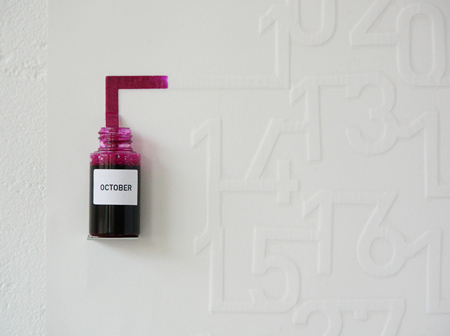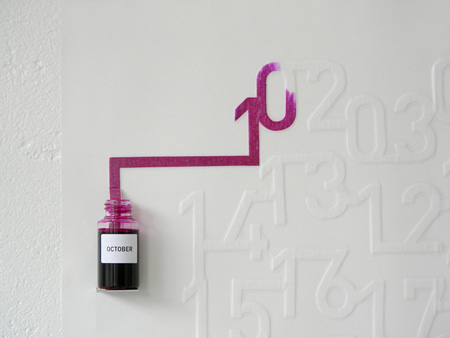Etsy seller apfelstrudel has a great collection of collage art, typefaces, and Gilded Age ephemera. I can’t explain it, but I’m made absolutely dizzy by these pages. I can’t help but think I’d giggle and clap if I came across these in the Strand’s dollar bin.

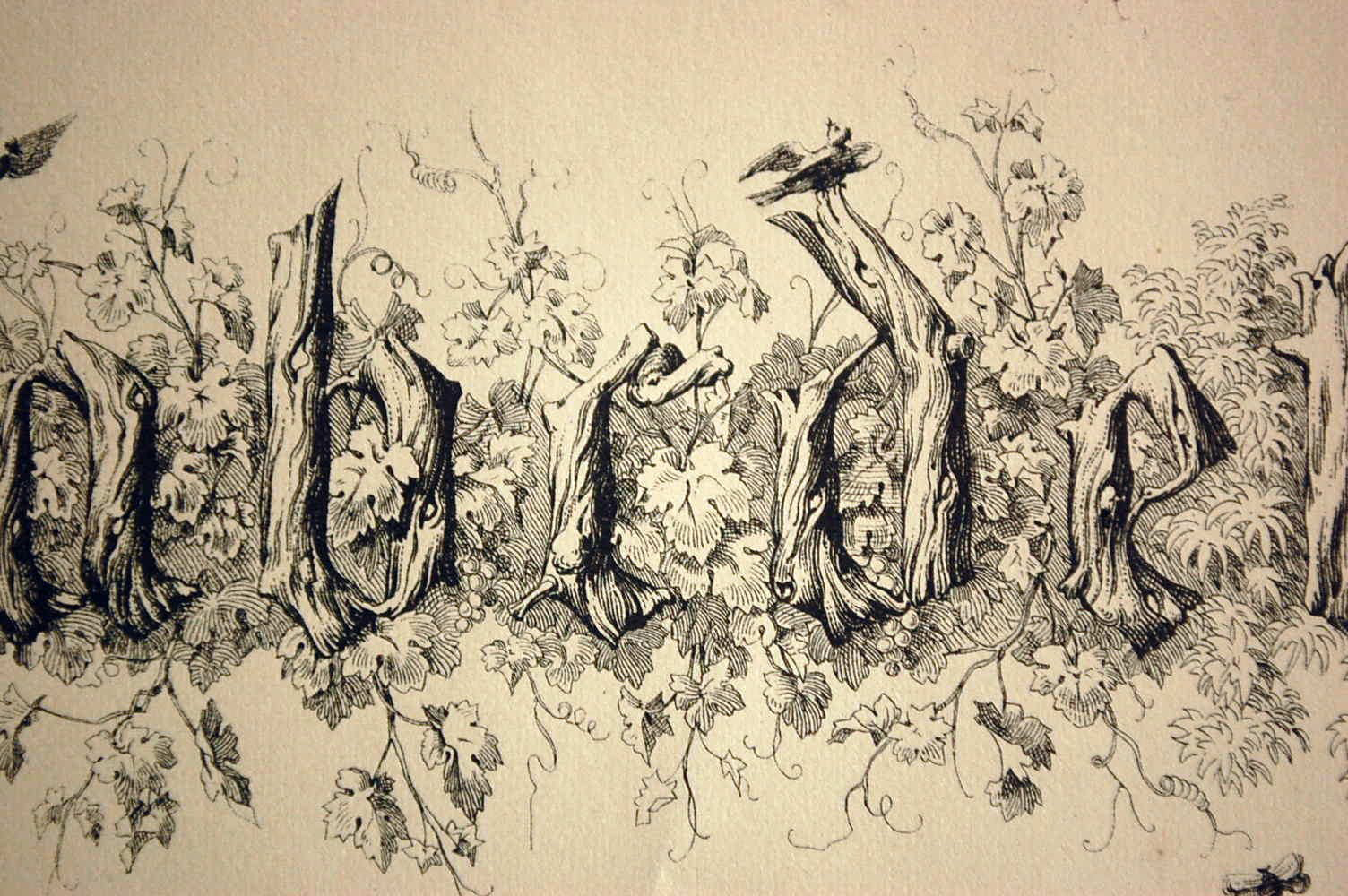

I squealed like a little girl huffing helium when I saw these lovely soviet-era arcade machines.
The colors, the lines, the iron curtain bitmapped simplicity. Heaven.
If you run a translator, or get click happy, you can even play flash-based emulations of the original games.
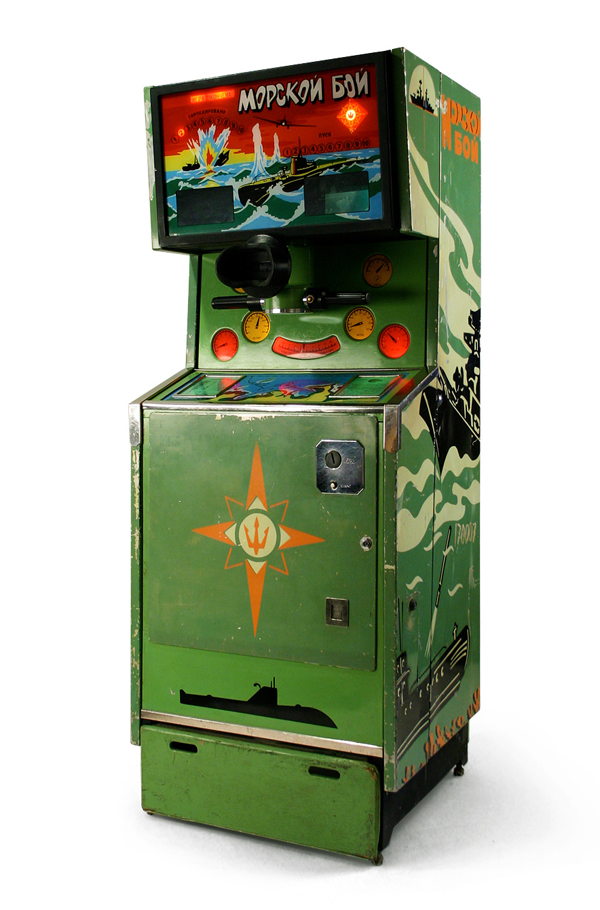


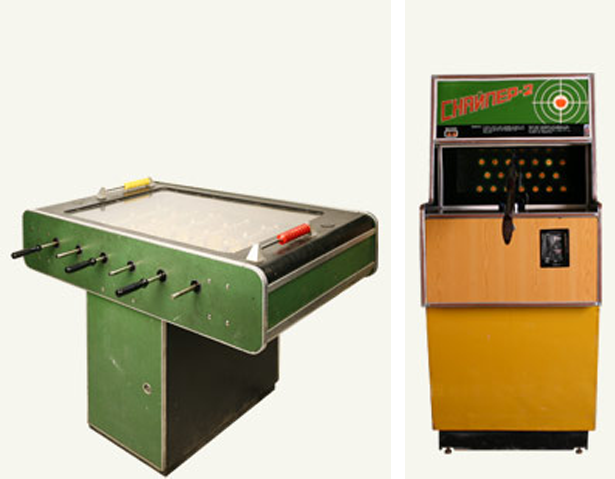

[Via, via.]
Joel Johnson, proving that leaving Boing Boing makes him no less rad, has purchased, scanned, and posted the original paste up of Wally Wood’s 22 Panels that Always Work.
It’s posted in six different resolutions, collect em all.
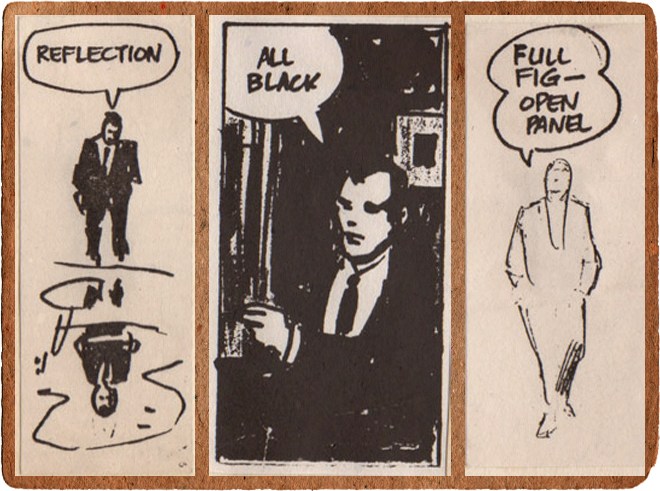
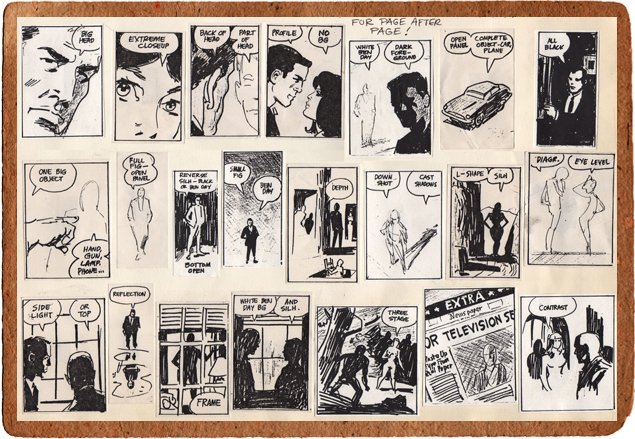
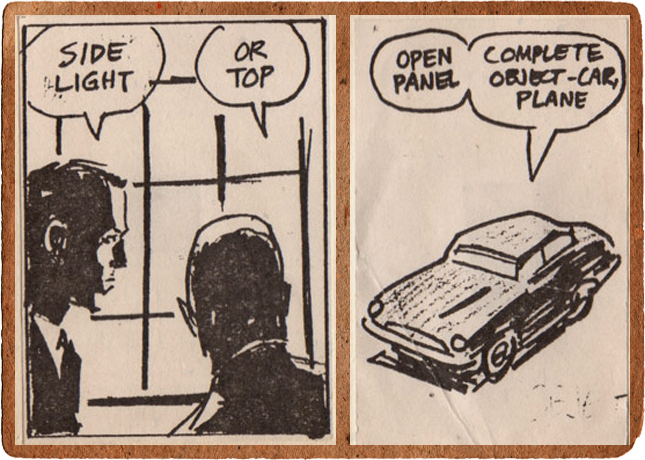
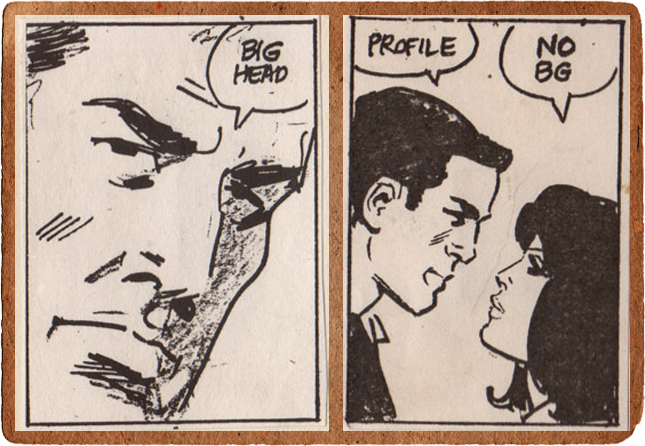
22 Panels, if you’re unfamiliar, was a collection of panels Wood drew as aid to prevent himself from exerting too much effort on any one piece. This was later reproduced ad infinitum by Marvel Comics’ staff and handed from one budding artist to the next. A universal cheat sheet.
For the past two years I’ve found it a rare treat every time a new post goes up on Hi + Low, graphic designer Abby Clawson Low’s catalog of wonderful things. Her red, white, and blue compositions, love of office supplies, and use of clean, human layouts are endlessly charming.
Enjoy.
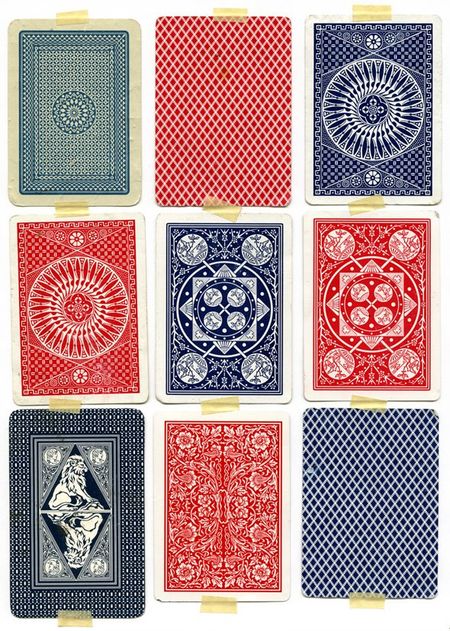
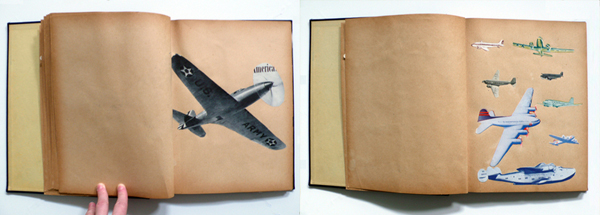

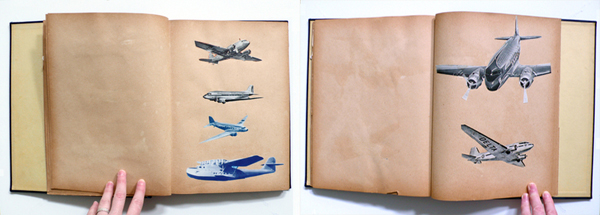


Also, she recently co-founded a ladies clothing line, Harvey Faircloth, with a pretty hot vintage-inspired collection.
And Madame Curie, but “men of science” has a ring to it.
This set comes from the Age of Power and Wonder cigarette card series produced from 1935 to 1938 by Max Cigarettes.
250 cards in total–I expect to post many more.
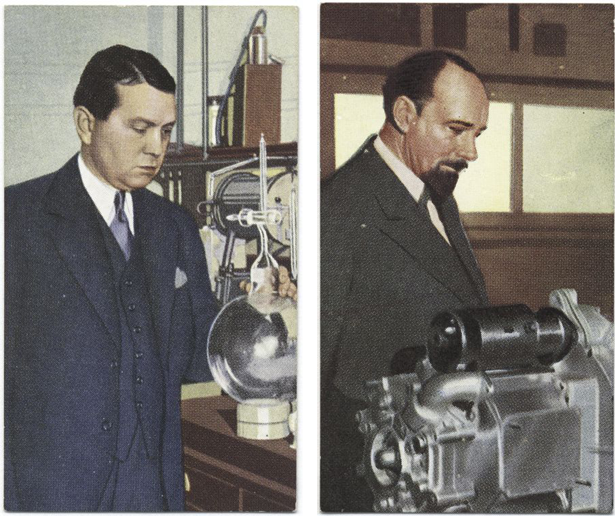

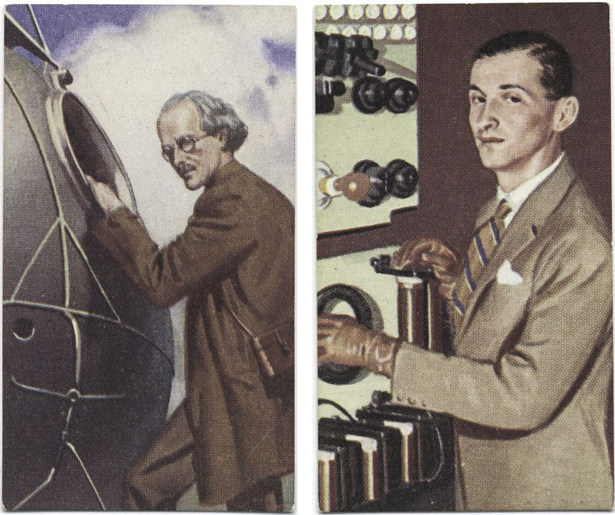
The best part of these may be the back of the cards, where hundred-word blurbs announce the achievements of each of these luminaries. Achievements like those of Stephan Pribil (the gentleman in front of the control panel with the leather gloves on), who created a ray that can render subjects “absolutely invisible.”

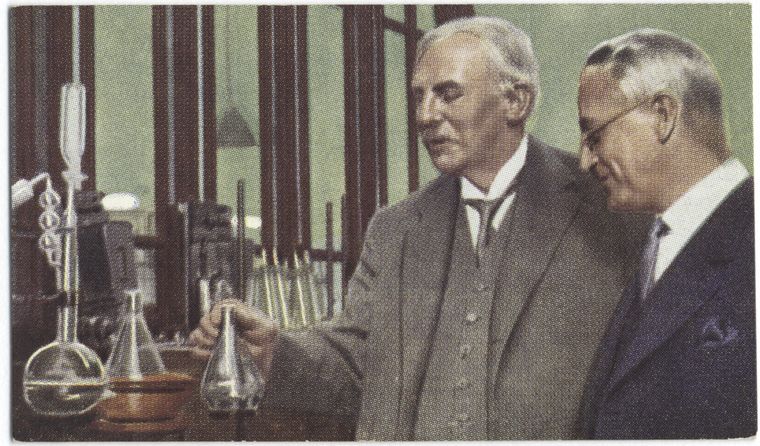
Lab coats are for sissies.
Dezeen points out this incredible calendar from Spanish designer Oscar Diaz. It uses the capillary action of ink spreading across paper to slowly reveal the date.
I know that this can’t possibly work (without the ink drying out and/or staining the hell out of your walls), but it’s a lovely idea.
